Warren noted that he rarely used the Widgets panel or Microsoft Teams, citing that he preferred the weather display that later versions of Windows 10 offered, and didn't use Teams to communicate with his friends and family. He also acknowledged the expansion of Microsoft Store to include more "traditional" desktop applications. Overall, he concluded that "I wouldn't rush out to upgrade to Windows 11, but I also wouldn't avoid it. After all, Windows 11 still feels familiar and underneath all the UI changes, it's the same Windows we've had for decades."
Internet Explorer has been replaced by the Chromium-based Microsoft Edge as the default web browser, and Microsoft Teams is integrated into the Windows shell. Microsoft also announced plans to allow more flexibility in software that can be distributed via Microsoft Store, and to support Android apps on Windows 11 . Cunningham concluded that "as I've dug into and learned its ins and outs for this review, I've warmed to it more", but argued that the OS was facing similar "public perception" issues to Windows Vista and Windows 8. A redesigned user interface is present frequently throughout the operating system, building upon Fluent Design System; translucency, shadows, a new color palette, and rounded geometry are prevalent throughout the UI. A prevalent aspect of the design is an appearance known as "Mica", described as an "opaque, dynamic material that incorporates theme and desktop wallpaper to paint the background of long-lived windows such as apps and settings".
Windows 11 Vs Windows 10 Size In October 2019, Microsoft announced "Windows 10X", a future edition of Windows 10 designed exclusively for dual-touchscreen devices such as the then-upcoming Surface Neo. Legacy Windows applications would also be required to run in "containers" to ensure performance and power optimization. Microsoft stated that it planned to release Windows 10X devices by the end of 2020. Those who have managed to get a hold of the Windows 11 iso or beta version report that the new design is refreshing.
Icons are livelier, and menus appear to have slightly rounded edges. The app transitions and animations appear to be seamless, delivering a better experience for users. However, these are not all the changes that would come with the next generation of windows as more details would be revealed through the official event. Windows 11 has higher technical requirements than Windows 10, is possible to install Windows 11 on devices that don't meet the minimum requirements. Upgrading unsupported hardware to Windows 11 will require you to install the update manually using an ISO.
There is a different set of minimum minimum requirements your PC will have to meet including 4GB of RAM, 64GB of storage space, and two-core 64-bit 1 GHz processor. On top of the delayed Android feature, Microsoft sparked some confusion with relatively steep hardware requirements that have evolved over time and include demands for security features like TPM 2.0. Microsoft will technically let you install Windows 11 on unsupported hardware, but you might be denied updates unless you're willing to install new OS images on a frequent basis. Unlike Windows 10, then, you can't just assume your years-old computer will run this software without a hitch — there's a chance you'll have to upgrade your hardware first, even if it's still fast enough for your needs. As with Windows 10, you can let the company know what you'd like to see added to the software, and you may be surprised at how often it listens.
Anyone can sign up for preview builds of the OS through the Windows Insider Program. It lets you experience new features before they're available for general release. The next major update, 22H2 is expected to add Start menu options along with some redesigned included apps like Notepad and Photos. Windows 11 is still being rolled out to all compatible devices at the time of writing. The next feature update version will be offered to devices that Telemetry considers to offer the best upgrading experience.
Rollouts happen over periods of weeks or months, and Microsoft expects to offer the free upgrade to Windows 11 to all eligible devices by mid-2022. The period of the 2022 feature update release rollout will likely be shorter. Microsoft does not recommend downloading Windows 11 on PCs that do not meet its standards, such as minimum 4GB of RAM, 64GB storage, TPM chips, and supported processors. Windows 11 will not come as an automatic update for unsupported devices, but users will be able to download it off the web. Microsoft has an app called PC Health Check, which can be used to determine if a PC is ready for Windows 11. Some PCs also have TPM chips installed but disabled and you can turn them on by going into your BIOS settings.
Windows 11, unfortunately, ditches a couple of its best tablet- and touch-friendly features. Most importantly, you can no longer swipe in from the left to open the task-switching view, a gesture I use all the time on my Surface Go tablet. This omission is less of a big deal because you can still hit the X in the window's upper right corner as you'd do in desktop mode.
Again, though, for a handheld device, the down-swipe is more direct and requires less dexterity. There are, however, new three-finger swipe gestures to show the Task View and to minimize and app on the desktop. And you can, of course, use the Task View button in the Taskbar, but that's not as immediate as a swipe of the thumb. I'd argue that switching tasks is more important to tablet users than accessing Widgets, the new result of that gesture, too.
At least 16GB of RAM The basic system requirements of Windows 11 differ significantly from Windows 10. Windows 11 only supports 64-bit systems such as those using an x86-64 or ARM64 processor; IA-32 processors are no longer supported. Thus, Windows 11 is the first ever consumer version of Windows not to support 32-bit processors and 16-bit software . The minimum RAM and storage requirements were also increased; Windows 11 now requires at least 4GB of RAM and 64GB of storage. The compatibility list includes the Intel Core i7-7820HQ, a seventh-generation processor used by the Surface Studio 2, although only on devices that shipped with DCH-based drivers. Citing security considerations, the system requirements for Windows 11 were increased over Windows 10.
While the OS can be installed on unsupported processors, Microsoft does not guarantee the availability of updates. Windows 11 also drops support for 32-bit x86 CPUs and devices which use BIOS firmware. Microsoft has already revealed the device requirements for the Windows 11 upgrade. The minimum requirements for Windows 11 are at least 64-bit x86 or ARM processor, 4GB of RAM, 64GB of storage, and graphics card compatible with DirectX 12 or later, with a WDDM 2.0 driver.
The company also assures that most devices purchased in the last months will be compatible with Windows 11. Microsoft unveiled Windows 11 last month, and it comes with a new interface, widgets, updated app icons and more. Microsoft has also rolled out the first Windows 11 Insider Preview for beta testers before the official release that's scheduled for later this year. Windows 11 will be available as a free upgrade to Windows 10 users, and it will also come pre-installed on new PCs and laptops.
As far as Windows 11 rollout is concerned, some reports have put it at October 20. So, even as we wait for the stable release of Windows 11, Microsoft has revealed how it will roll out updates. It's not imperative that you upgrade your system to Windows in the next couple of weeks, or even months. According to Microsoft's own lifecycle website, Windows 10 Home, Pro and Enterprise editions will continue to be supported by Microsoft until October 2025; your device will get essential security updates for another four years.
For many people, that's about the time to upgrade to a newer device, one that will come with Windows 11 already installed. This build becomes the fourth release for Windows 12 on the Windows Insider program. The operating system would switch back for Microsoft developers and part of the Windows community to give feedback.
Despite that, Microsoft opens a program from a Twitter announcement named Build your own Windows where users have to give feedback to polish the next major release of Windows. Windows 11 is the first version update to the most widely used PC operating system in the world in more than five years. Perhaps the most important thing to know about the release of Windows 11 is that we should expect it to change significantly over the next few years. I've been using beta versions of Windows 11 for a month in the lead-up to writing this review, and it seems like every few days there's a minor new feature or redesigned app to check out. We may not see that feature fully realized in Windows until next year. Pinned app buttons (they're larger than icons but smaller than Windows 10's tiles) are at the top of its panel.
The Start menu's new mini-tiles are still good for touch input, but you lose info that live tiles offer, annoying as those could sometimes be. Another quibble I have with the new Start menu is that it's harder to get to the All Apps view than in Windows 10. With that version of Windows, you can see all installed apps as soon as you open the Start menu; they're in a list on the left while tiles for your pinned apps are on the right. Anyone with one of the newer chips should have no trouble installing Windows 11 via Windows Update.
Microsoft made a downloadable ISO disk image file for the beta Insider version available for installing Windows 11, allowing in-place upgrades or clean installations on a PC or in a virtual machine. A similar installation option is now available for the release version of Windows 11 via the Microsoft's Download Windows 11 page. Some sources have reported that installing the OS with the ISO installer bypasses the system's hardware requirements, but that's not advisable as you may not get future OS updates if you install it on unsupported hardware. Original equipment manufacturers can still ship computers without a TPM 2.0 coprocessor upon Microsoft's approval. Some third-party software may refuse to run on unsupported configurations of Windows 11.
The taskbar's buttons are center-aligned by default, and it is permanently pinned to the bottom edge of the screen; it cannot be moved to the top, left, or right edges of the screen as in previous versions of Windows. The "Widgets" button on the taskbar displays a panel with Microsoft Start, a news aggregator with personalized stories and content (expanding upon the "news and interests" panel introduced in later builds of Windows 10). Microsoft Teams is similarly integrated with the taskbar, with a pop-up showing a list of recent conversations. 12 Windows 11 system requirements13 How to install Windows 1114 Windows 11 launch date15 F.A.Q.
Minor complaints aside, we like to see Microsoft giving its marquee software some attention. For the last few years, the company has focused more on its Azure cloud computing services—justifiably given that business's profitability. Windows 11 brings slick new looks, useful new tools, updated default apps, extra capabilities, and performance advances. Perhaps that's enough to lure away some Chrome OS users or Mac users. Regardless, it's still early days for the desktop OS that's used on 1.3 billion PCs, so we look forward to Microsoft fine-tuning and perfecting Windows 11's design in future updates. If the Microsoft Surface family of products isn't your style though, other brands like Dell, Asus and HP have all released pages online that specify what devices are Windows 11 ready.
Note that many won't come with the new operating system installed, but as they all meet the minimum system requirements, you can simply buy the laptop or 2-in-1 as normal and then update it yourself. Windows 11 SE was announced on November 9, 2021, as an edition exclusively for low-end devices sold in the education market, and a successor to Windows 10 S. It is bundled with applications such as Microsoft Office for Microsoft 365, Minecraft Education Edition, and Flipgrid, while OneDrive is used to save files by default. Windows 11 SE does not include Microsoft Store; third-party software is provisioned or installed by administrators. As part of the minimum system requirements, Windows 11 only runs on devices with a Trusted Platform Module 2.0 security coprocessor.
According to Microsoft, the TPM 2.0 coprocessor is a "critical building block" for protection against firmware and hardware attacks. In addition, Microsoft now requires devices with Windows 11 to include virtualization-based security , hypervisor-protected code integrity , and Secure Boot built-in and enabled by default. The operating system also features hardware-enforced stack protection for supported Intel and AMD processors for protection against zero-day exploits. For Windows Home, Pro, Pro for Workstations, and Pro for Education editions of Windows 11, Microsoft will offer 24 months of support from the official release date. Enterprise and Education editions of Windows 11, Microsoft will offer 36 months of support. Microsoft will also offer a consolidated Windows 11 update history once it reaches general availability.
Microsoft will also continue supporting Windows 10 users until 2025. It will provide monthly Windows 10 security updates, and incremental improvements to support ongoing Microsoft 365 deployments. Microsoft is also yet to clear the air on the minimum hardware requirements front and who all would receive Windows 11 as a free upgrade.
The company did indicate that the new Windows experience will be available as a software update to people who have some of the latest top-end laptops. Windows 11 debuted last week as Microsoft's next-generation operating system. The new Windows version brings a revamped interface as well as a list of changes over Windows 10, including a centrally aligned Start menu and new startup sounds. Windows 11 also brings enhancements with multitasking and PC gaming. Further, the latest Windows OS comes with the updated Microsoft Store that has a lot of underlying changes — including access to Android apps.
Windows 11 also carries new wallpapers, animation effects, and sounds to deliver a fresh experience. Windows 11 will be provided as a free update to all eligible devices that are currently running Windows 10. Eligibility for automatic upgrade is based on certain minimum hardware requirements. This integrated programming interface is already included in Windows 10. It received new functions in the middle of last year with the "Ultimate" update, which is primarily intended to improve the performance and image quality of games.
Corresponding update installation guides can be found in numerous places on the internet. You can find out which DirectX version is installed in the Start menu under "Run". Simply enter "dxdiag" in the run window and confirm – the DirectX diagnostic programme will start.
Overall, the whole design is being compared with Windows 10X, the OS Microsoft never completed. It was primarily being designed to offer better usability with touch displays and dual-screen devices to rival Chrome OS. Instead of being a completely new version of Windows, it is a more refined version of Windows 10. The Windows 11 upgrade would be free for Windows 10 users for a smooth transition. However, if a user is currently using Windows 8, updating to Windows 8.1 would make them eligible for Windows 11 free update.
A new Windows 11 upgrade is the ability to snap an application window with the maximize button. While Windows 10 also has such features, the new method appears to be more efficient and sophisticated, using which apps can be arranged in a systematic order on the desktop, if need be. The new Microsoft Store, which is supped to "unlock greater economic opportunity for developers and creators" is not revealed yet.
A Windows 11 iso file was also reported to be available for download. Windows 11 has a stricter set of minimum requirements for eligibility than Windows 10. The system requirements have been changed up a couple of times, and Microsoft will likely provide some flexibility to them. Microsoft will not stop you from manually installing Windows 11 on older systems as long as they meet these system requirements, but the bar is set higher for updates via Windows Update. Some system requirements, like the presence of a 64-bit CPU, are staying.
Windows 11 will warn you that your PC isn't up to snuff, but will otherwise let you carry on your merry way. The new Settings interface is pleasantly redesigned, but some advanced dialogs still show elements of the old design.One of the more irksome things about Windows 10 is its inconsistent settings windows and dialogs. Sometimes you uninstall a program in the new Settings app, sometimes in the antiquated Control Panel.
For some detailed controls, such as sound devices, you still see the content in the old style, though the window uses the new design. File Explorer is a good example of Windows 11's new look, particularly its updated left panel controls and folder icons. Note the simplified ribbon along the top, which is far less busy and distracting than the previous File Explorer's.






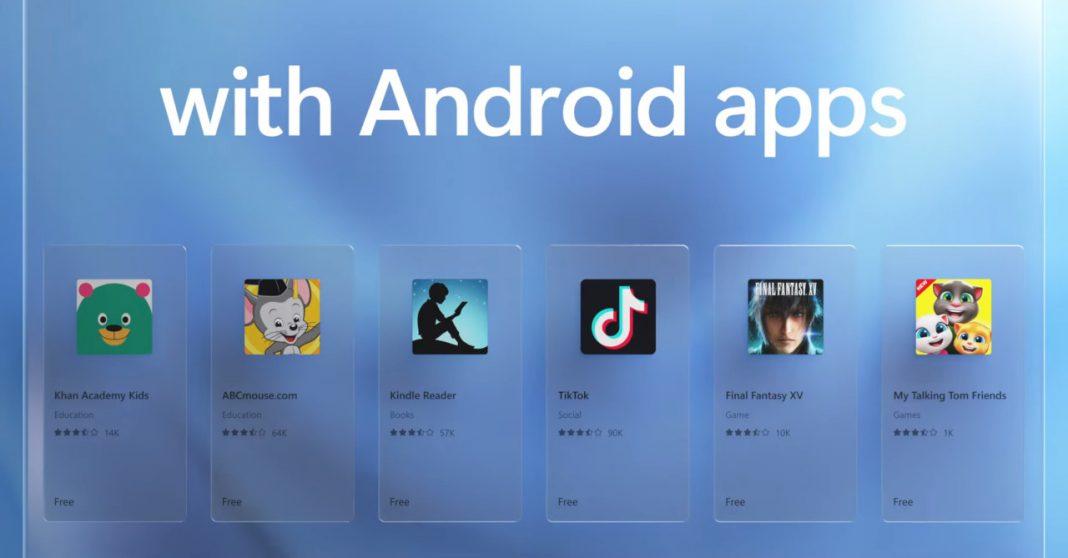
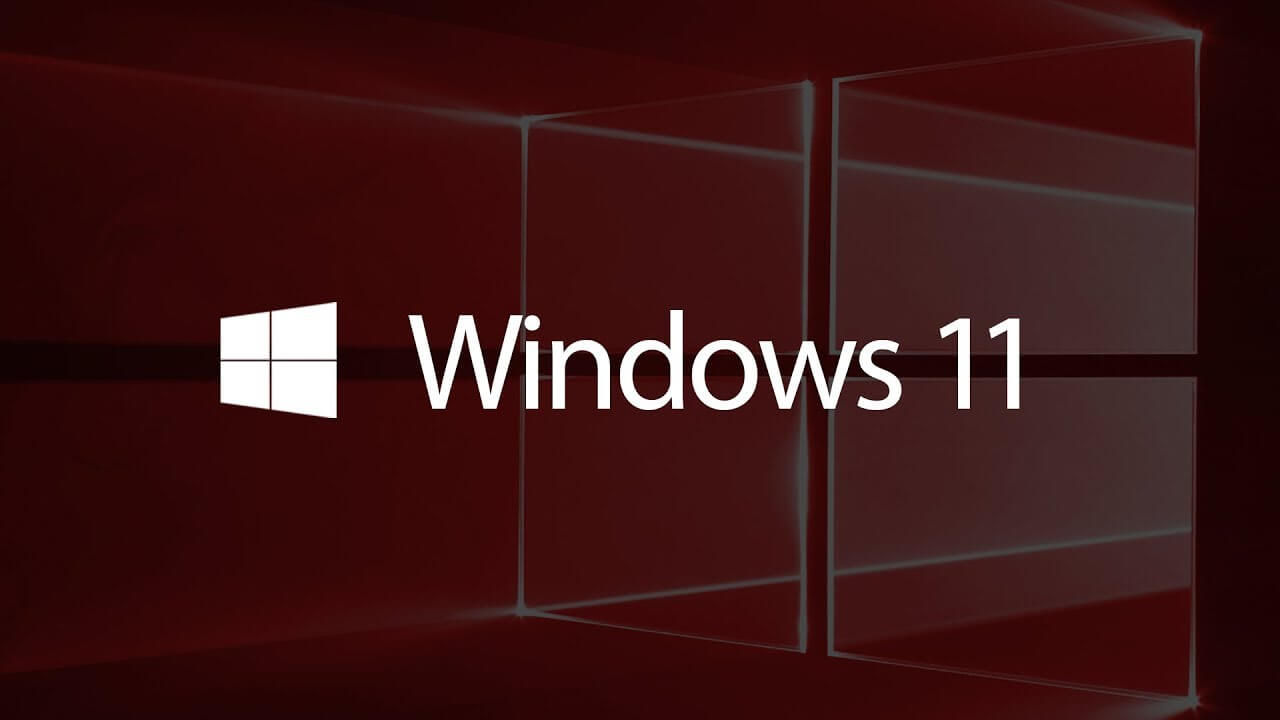

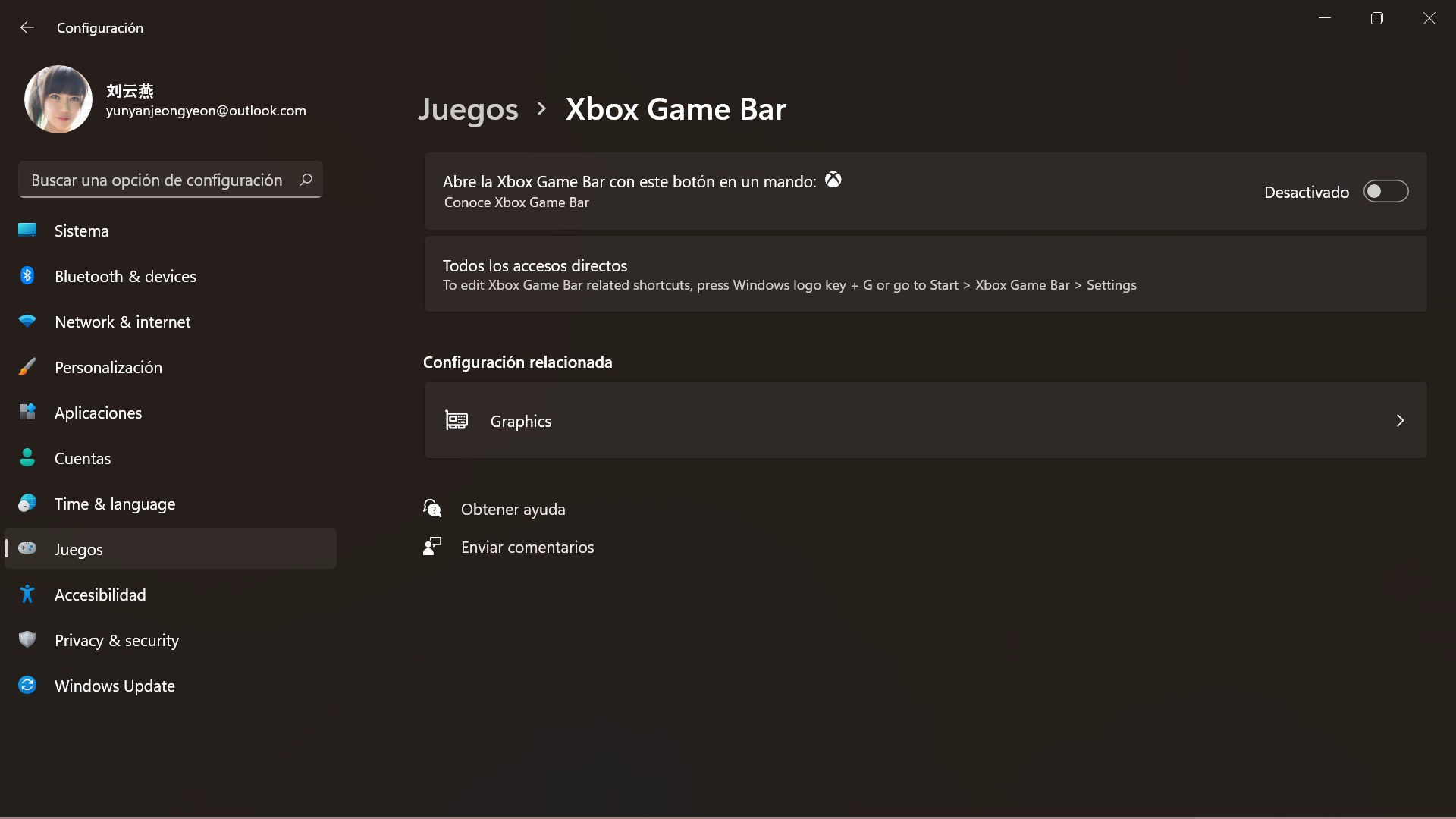







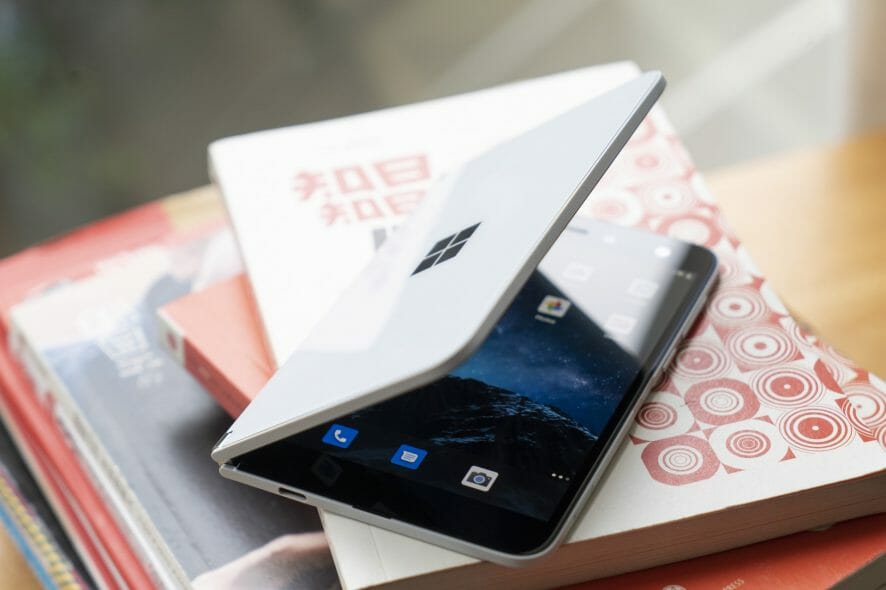





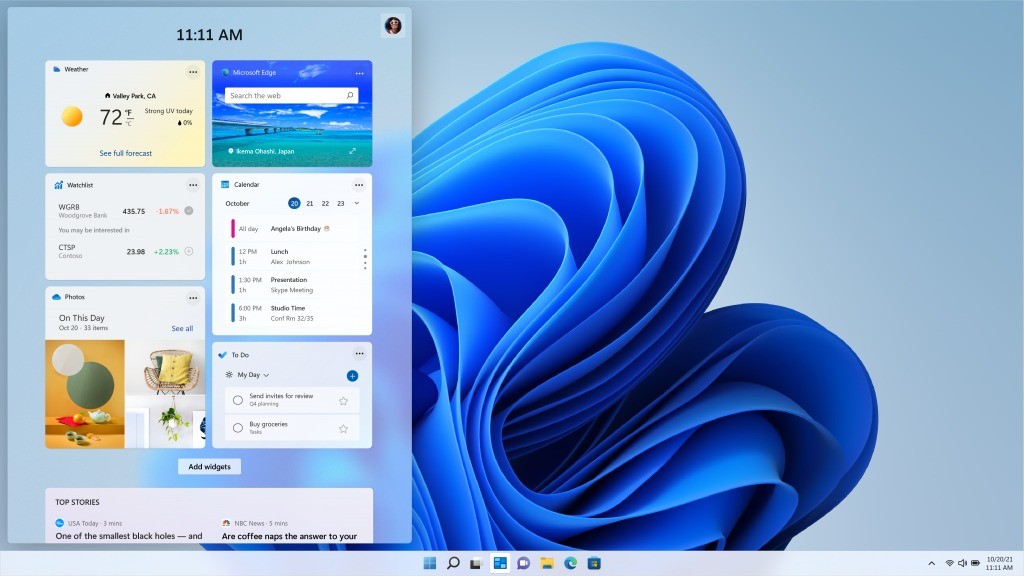






No comments:
Post a Comment
Note: Only a member of this blog may post a comment.